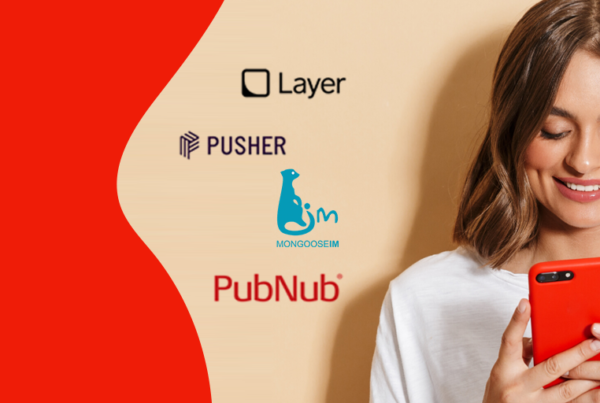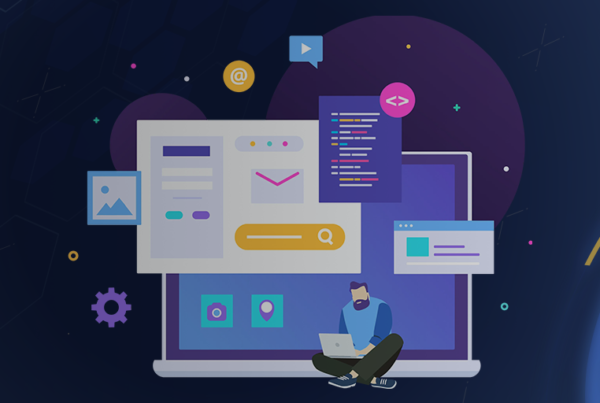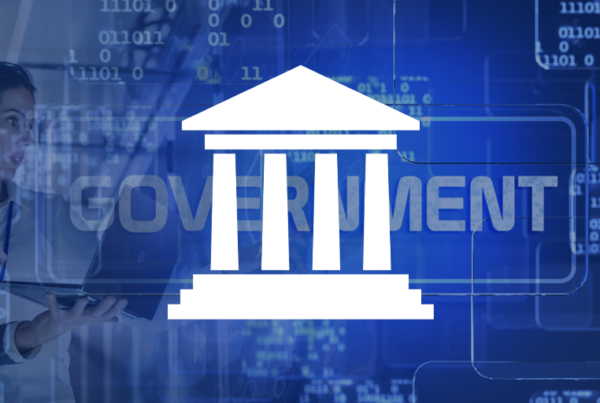In my previous article, The Digital Body, I introduced the idea of thinking of our digital universe as a parallel to our physical universe. At the core of this theory is the need for a consolidated digital body; a vessel for engaging in the digital realm similar in function to our body in the physical. I want to expand on that here, answering the question of what should be included in this so-called “digital body”.
In the physical realm our bodies are equipped with the appendages and instruments we need to accomplish our goals: eyes for seeing, arms for reaching, a mouth for communicating, and hands for grabbing and manipulating. What are the analogous appendages in our digital universe? To answer that, we should distill out the most general activities we all perform in the digital universe:
- We communicate. We use email, chat, text, SMS, etc to directly talk or write to one another.
- We create. We create all kinds of files and documents that help us in work and personal requirements.
- We collaborate. We share the documents and images and videos we create.
- We control. We use permissions, rights, privacy etc. for our data.
- We track. We have millions of receipts, orders, invoices, emails, bills etc. we generate.
- We work. We hire, get hired, contract and so forth.
- We transact. We buy and we sell.
- We plan. We plan events, holidays, meals, meetings, travel and so forth.
- We decide. We research, analyse, compare, select and make decisions.
- We share. We share APIs, data, files and so forth.
For all these activities, we use some type or different combinations of software applications. It’s not that software hasn’t already addressed all of these needs. But it’s not always easy to do all the above in a fluid manner. Sometimes we can share from the same application, other times we have to copy paste. Nothing fully integrates and there is no end-to-end solution for integration. There are utilities to do it. Some is free. Some is paid.
Not only are companies unwilling to invest in developing applications without a clear revenue stream, but building all of these applications as utilities would be cost-prohibitive with current development technologies. But what if there was a technology that allowed us to rapidly develop and deliver all of these functionalities in a single, integrated environment; a sort of digital prosthetic laid over our physical bodies. And it was provided free of cost. What would happen?
Is anyone asking the question whether it is economic or socially valuable to operate a marketplace where 100 different companies build a calendar application?
What would happen is that the barriers that prevent us from engaging meaningfully and efficiently in the digital universe would evaporate. People would more easily create, share, control, collaborate and so forth. Digital information would flow through our lives, rather than stagnate. Attached to a comprehensive digital circulatory system, developers would be free from the constraints of language and platform isolation. They will be able to build solutions that unite, rather than divide us as digital beings.
If we continue to keep on in the same direction in which we have been going — encouraging the further fragmentation of the very basic and essential digital layer — we would end up with a highly disintegrated digital ecosystem. It would contain hundreds of thousands of fragmented tools further governed by a few highly protected walled gardens.
To change that, we would need to rethink our approach to software development. We would need to move away from our current feudal state to a more socialist way to software development and delivery. The beginning of such a digital universe will have to start from the ground up, starting with the individual digital body.
































